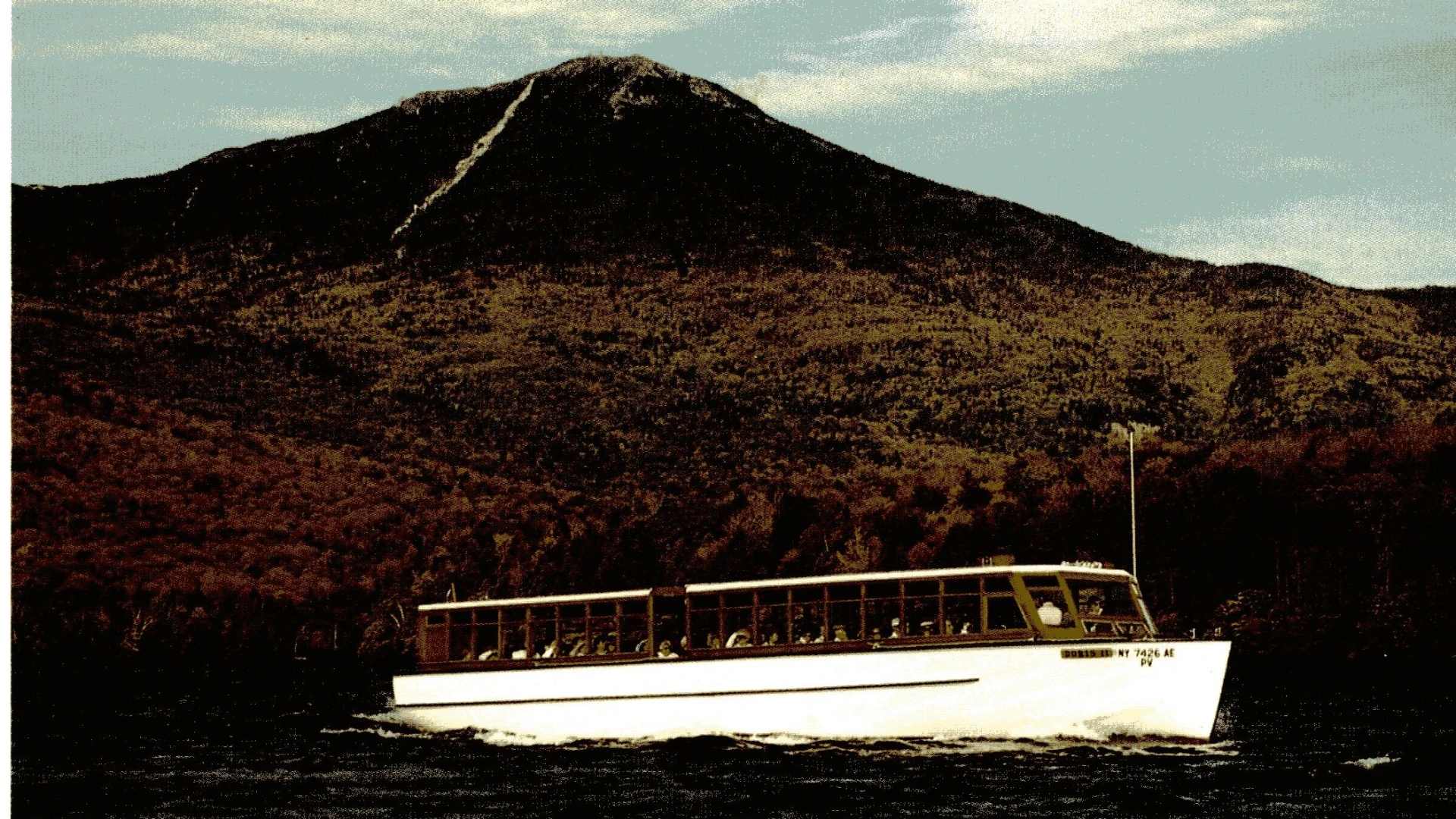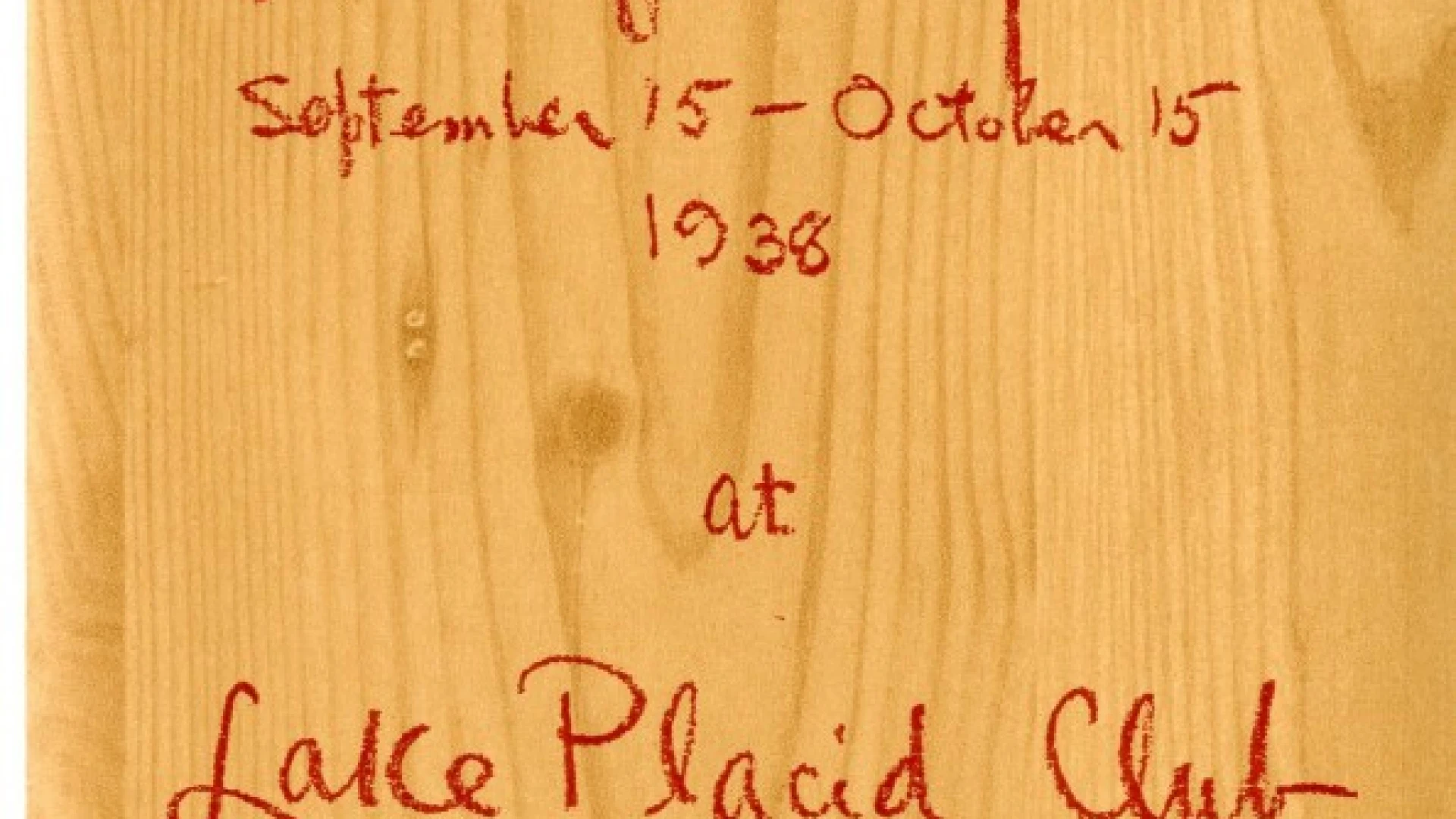
"The heart of autumn must have broken here And poured its treasure out upon the leaves" CharlotteFiske Bates
Well, we all knew it was coming. That first evening when we realize the sun is setting at the time we're usually dining al fresco. That tree that always turns the first shades of gold yet we convince ourselves the gold is just a glint of sunlight. Yet as the summer residents begin to drift southward and campers are exchanged for school buses, it's time to finish up those summer activities and look forward to all that autumn has to offer. Forus in Lake Placid, autumn means leaf peeping or peeking as it's sometimes called. Now our streets are filled with families and tour bus riders armed with binoculars and lots of time to stroll, gaze, and take in our forests filled with vibrant reds, oranges, golds, and yellows.
Now, don't get the wrong impression. Leaf peeping is not only for those from southern areas traveling north to our region. Locals take in plenty of colors as well but since we get to see it all the time, we'relikely not to be stopped in mid-stride by that stunning red maple blazing infront of us. This leaf peeping is nothing new. Lake Placid history documents as early as the 1900's travelers from New York City, New Jersey, and Pennsylvania who literally drove hours just to bask in the colors of our maples, beech, and birch.

The Lake Placid Club (LPC), started in 1895 by Melvil Dewey and his wife Annie, and later run by his son Godfrey, started pageants and festivals of all kinds for all seasons. One of the most famous was the"Festival of the Flaming Leaves." Old Lake Placid News articles have a section specifically for the LPC and their goings-on. A snippet from 1936 describesleaf peepers this way "...parties of guests have been motoring through the surrounding countryside to witness the colorful foliage of the 'Month of Flaming Leaves'. And still others have taken rides on the steamer 'Doris'around beautiful Lake Placid." The article goes on to describe how 400 guests stayed on to enjoy the beautiful autumn foliage that year.
Traditionally, this leaf peeping season took place from September 15 through October 15. The earliest known gatherings began as earlyas 1902. As years went on, in addition to picnicking and enjoying the beautiful view, the LPC added musical entertainment and in 1940, a golf tournament.
One very special feature of the Festival of the Flaming Leaves, however, was the Indian Council Fire, a tradition started at the Clubin 1902. This pageant-like story played out in full dress and grandeur precededthe lighting of the Council fire and passing of the war pole. It is a 'carefully studied account in simple drama of an actual ceremony of the Iroquois, compiled with the help of Arthur C. Parker of the New York State Museum at Albany, himself a Seneca Indian who has done a great deal of Indian research work for the State of New York.

The annual Council fire at which hundreds participate and 1200 to 1500 witness is not in any sense a theatrical performance. It is held to memorialize the fact that New York State was once the central empire of the Iroquois, those astounding Six Nations who in their League worked out a form of confederacy which gave Alexander Hamilton his pattern for the government of these United States."
This Lake Placid News article from 1924 goes on to say "That the Adirondacks were the very center of the Iroquois empire, and the Lake Placid Club the center of that territory, makes the rite especially fitting. For 22 years, the Club has given this annual pageant, laboriously reviving the various legends with the assistance of archaeologists and those who have especially studied these New York tribes. At the Club itself the six sections of the preserve are named for the Six Nations of the Iroquois: Mohawk, Onondaga, Cayuga, Tuskaroras, Oneidas, and Seneca."
So I share this story as a tribute to autumn, tradition, ancestry, pageantry, and, of course, our beautiful fall foliage. Not to sound cliche, but as you spend some time this fall soaking up the vistas of our amazing Lake Placid and the Adirondacks, know you are treading on both the hollowed and sacred ground of those who came before you.
Wondering if the Festival of the Flaming Leaves still takes place? Sure does! It now takes place at the Olympic Jumping Complex in Lake Placid October 6 and 7. You might not see the Council fire burning but there's a fall festival atmosphere sure not to be missed.
I look forward to sharing more Lake Placid history with you in the months and years to come. This is my first blog so I welcome your comments and feedback.
Most of all enjoy the view.